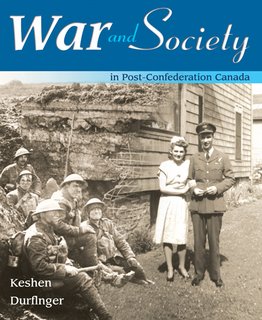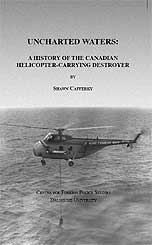
The Military Museums (formerly The Museum of the Regiments) in Calgary has a series of military history lectures coming up in January and February 2007 of potential interest to readers of The Cannon's Mouth. Details on the exact timings and locations for each of these can be found on the museum's website.
On Thursday, January 11, the museums' new senior curator, Rory Cory, will speak on the subject of "British Light Infantry in the Seven Years War in North America". As the release notes, this was "saw tactical developments in many armies. The particular focus of this talk will be the influence of the North American battlefield on the British Army, with an emphasis on the development of light infantry. [...] Lessons learned during this conflict would continue to be expanded in the years to come and in later manifestations would form the theoretical basis for certain Canadian units such as Princess Patricia's Canadian Light Infantry."
Two weeks later, on Thursday, January 25, folk singer, song-writer and poet Phyllis Wheaton will present a "story, song and slide-show presentation" titled "The Stones of Signal Hill". Using letters written by a First World War soldier (David Argo) to his wife and other museum material, she will introduce stories on the local Calgary landmark.
On Thursday, February 8, Nancy Townshend, an historian and content special for the Virtual Museum of Canada, will present "Maxwell Bates: The expression of an artist's prisoner of war experience". Her talk will focus on the "effect of Maxwell Bates' POW experience in a German salt mine in Stalag ICX 1940-1945 on his notable art."
Finally, on February 22, Captain Hub Gray (ret'd), former officer in Princess Patricia's Canadian Light Infantry, will discuss "his exploits as being part of the first Canadian unit sent to Korea. The Battle of Kapyong is examined while shedding light on the valiant actions of several comrades, the effect of the poorly led South Korean army, details about unreported biological mass murders and the unrelenting will of the people of Korea to live in freedom."











